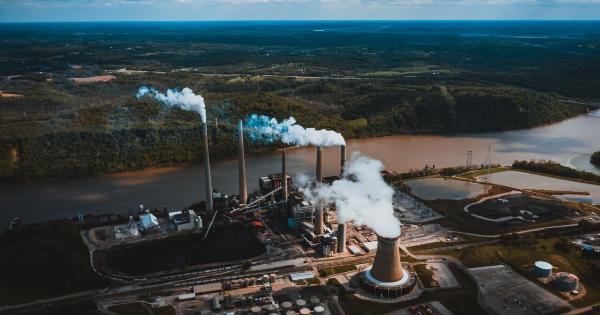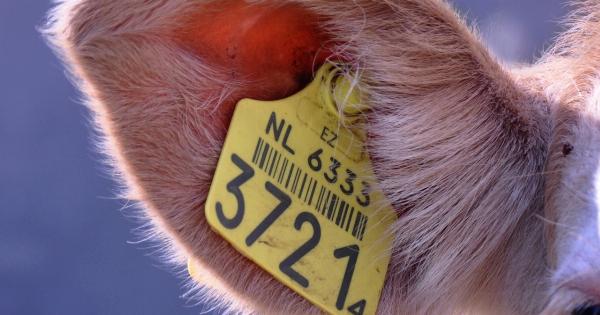Isolated communities, often located in remote or hard-to-reach areas, face unique challenges when it comes to accessing necessary resources and services.
In such cases, the assistance of the Air Force becomes invaluable, as they possess the ability to provide swift and efficient support in critical situations. This article delves into the different ways in which the Air Force aids isolated communities, highlighting the significance of their assistance and the positive impact it has on these communities.
1. Emergency Medical Evacuations
One of the most vital forms of assistance provided by the Air Force to isolated communities is emergency medical evacuations. In remote areas where medical facilities are limited or non-existent, receiving urgent medical care can be a challenge.
The Air Force plays a crucial role in airlifting patients to nearby hospitals or medical centers, ensuring they receive timely treatment. These evacuations are often life-saving, particularly in cases where immediate medical attention is required.
2. Disaster Relief Operations
Isolated communities are often vulnerable to natural disasters such as hurricanes, floods, or wildfires. In such situations, the Air Force plays a critical role in providing disaster relief support.
They assist in search and rescue operations, deliver essential supplies like food, water, and medicine, and provide medical assistance to those affected. The swift response and mobility of the Air Force enable them to reach these communities when other modes of transportation are inaccessible.
3. Airborne Surveillance and Monitoring
The Air Force employs advanced surveillance technologies to monitor isolated communities that may be at risk due to various factors such as security threats, environmental concerns, or illegal activities.
By utilizing aerial surveillance, they can gather crucial information and provide early warnings to these communities. This helps in preventing potential risks and allows for timely action to be taken to safeguard the inhabitants.
4. Humanitarian Aid Delivery
When disasters strike or communities face unforeseen circumstances, the Air Force becomes instrumental in delivering humanitarian aid.
They transport relief supplies and equipment to these isolated areas, ensuring that the affected populations receive the necessary assistance. This support aids in alleviating suffering and improving the overall well-being of the communities during challenging times.
5. Infrastructure Development
Isolated communities often lack proper infrastructure and basic amenities. The Air Force provides support in constructing vital infrastructure such as roads, bridges, and airstrips, which enhance connectivity and accessibility for the communities.
This infrastructure development facilitates trade, commerce, and also improves access to services like healthcare and education.
6. Training and Education
The Air Force also offers training and education programs to isolated communities, especially those in remote areas.
These programs equip individuals with valuable skills and knowledge, enabling them to improve their livelihoods and boost their local economies. Training may include emergency response techniques, first aid, vocational skills, or even aviation-related programs depending on the specific needs of the community.
7. Air Support for Research and Surveys
Isolated communities often serve as important research sites or require surveys for various scientific, environmental, or socioeconomic studies.
The Air Force provides air support for researchers and surveyors, facilitating access to these remote locations. This assistance expedites the collection of data, encourages scientific exploration, and supports important research initiatives.
8. Technical Assistance and Maintenance
Technical assistance and maintenance support provided by the Air Force are invaluable for isolated communities that lack the expertise or resources to handle complex machinery or equipment.
The Air Force dispatches skilled personnel to assist with repairs and maintenance, ensuring that critical systems such as power generation, communication, or transportation remain operational. This assistance enhances the communities’ ability to function effectively and efficiently.
9. Emergency Response Coordination
In emergency situations, coordination between different response teams and agencies is crucial. The Air Force plays a pivotal role in coordinating emergency response efforts through their expertise and experience.
They collaborate with local authorities and other relief agencies to ensure effective utilization of resources, streamline operations, and maximize the impact of emergency response activities.
10. Community Engagement and Outreach
The Air Force recognizes the importance of community engagement and outreach to foster stronger relationships with isolated communities.
They actively involve themselves in community initiatives, seek local input, and participate in outreach programs to understand the specific challenges faced by these communities. By working closely with them, the Air Force can provide targeted support and develop sustainable solutions that address the unique needs of each community.






























